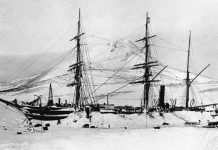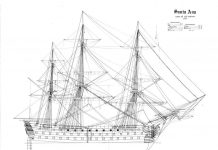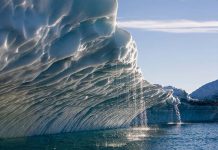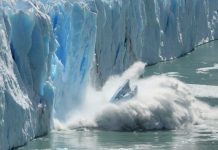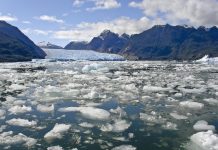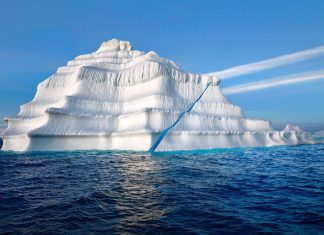For 72 hours, almost without sleep, through the fog, sometimes almost at the surface of the earth, the airship was driven by Umberto Nobile. It is not surprising that his name, after a successful expedition, sounded much more often and louder in the world than the name of Amundsen. This was a new bitter pill for the great Norwegian, who did not expect such a turn of events at all. It turned out that he was just a passenger with Umberto Nobile…
An international search operation began almost immediately. Amundsen also decided to take part in it. He wanted to be the first to find Umberto Nobile, it would be a beautiful gesture on his part, which, no doubt, would be appreciated by the whole world. As a matter of urgency, Amundsen hires a twin-engine hydroplane with a crew and on June 18 his plane is already departing in the direction of Svalbard. The great traveler is no longer destined to return, through the tunnel fishermen find a float and a gas tank from his crashed plane.
Meanwhile, Nobile, who had already become a general, in 1928 decided to repeat the flight over the Arctic on the new airship “Italy”. This time Nobile flew as the leader of the expedition, the whole of Italy and Mussolini himself followed his flight. However, after reaching the pole, due to the icing of the outer shell, the airship went down and crashed. There was no connection with the airship, no one knew what happened to its passengers.
Once, when asked by Ist about what attracts him to the polar expanses, Amundsen replied: “Oh, if you ever had a chance to see with your own eyes how wonderful it is there— I would like to die there.” This wish of the famous Norwegian, alas, came true. No one still knows where his remains are buried. Just five days after the death of Roald Amundsen, Umberto Nobile and seven of his surviving companions were found.
What can we say in conclusion about this great traveler?
Perhaps, of all the conquerors of the icy deserts, Roald Amundsen mastered the art of polar travel more than others. Yes, yes, it is art! No wonder one of the articles dedicated to his memory was called “The Art of Polar Research”. His main journeys were so carefully thought out that their execution, despite some difficulties, was simply elegant and beautiful, unlike a number of other polar expeditions that suffered numerous hardships, lost people, and even ended in tragedy.



















